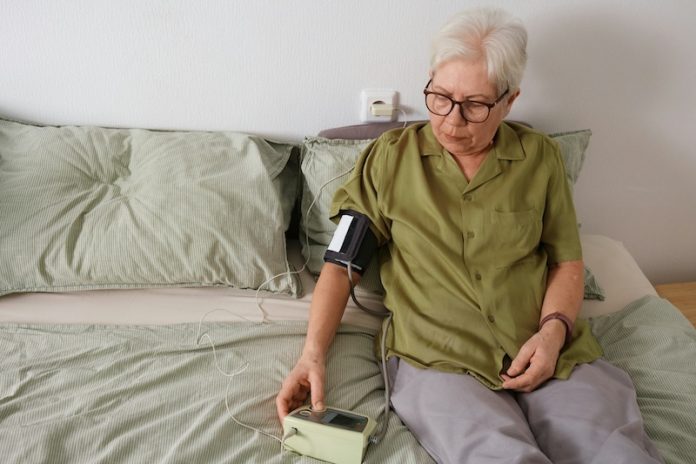
Blood pressure has two numbers: the top number is called systolic pressure and the bottom number is called diastolic pressure.
The systolic number shows how hard your heart is working to push blood into your arteries. The diastolic number shows the pressure in your arteries when your heart is resting between beats.
A new study from the University of Southern Denmark looked at which number is more important for predicting heart problems. The researchers found that while systolic pressure is generally the better predictor of heart disease and early death, diastolic pressure is also very important—especially for younger people.
In the past, doctors looked at both numbers to understand someone’s heart health. But more recently, many have focused more on the systolic number. This study helps explain why we should still pay attention to both numbers, depending on a person’s age.
The researchers looked at 26 years of health data from over 107,000 people aged 19 to 97. None of these people had heart disease when the study started. Over time, some of them had serious heart problems like heart attacks, strokes, or died from heart-related issues.
The results showed that for people under 50, the diastolic pressure gave extra helpful information about their heart risk. For all age groups, systolic pressure remained a strong sign of possible heart problems, no matter their sex or other health issues.
This means younger adults should be especially aware of both their systolic and diastolic numbers when checking their blood pressure.
The study also found that another measure, called mean arterial pressure (MAP), was a good way to understand overall heart health risk. MAP is a number that combines both systolic and diastolic pressure to show the average pressure in a person’s arteries during one heartbeat cycle.
These findings highlight the importance of keeping track of both blood pressure numbers and doing regular check-ups to catch any issues early.
High blood pressure is a major health problem in the United States. According to the American Heart Association, almost half of all U.S. adults have high blood pressure—defined as 130 mmHg or more for systolic or 80 mmHg or more for diastolic.
It’s not just older people—over one in five adults between 18 and 39 also have high blood pressure, according to the CDC.
That’s why it’s so important to raise awareness and help people manage their blood pressure. Diet, exercise, and lifestyle changes can help, and new treatments are being studied for people who have high blood pressure that doesn’t respond well to regular treatment.
This study was led by Dr. Michael Hecht Olsen and was published in the journal Hypertension. It offers new ideas for how doctors can better understand and treat high blood pressure, helping people stay healthier longer.
If you care about high blood pressure, please read studies about vitamins impacts on high blood pressure people need to know, and how to manage high blood pressure and diabetes with healthy foods.
For more health information, please see recent studies about the best and worst foods for high blood pressure, and modified traditional Chinese cuisine can lower blood pressure.
Copyright © 2025 Knowridge Science Report. All rights reserved.



